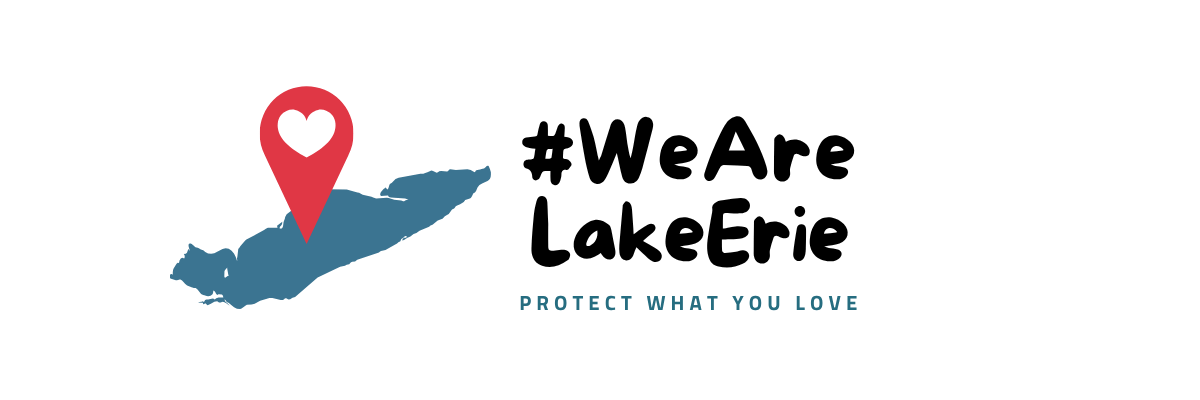
Updates on our work, our waters, action alerts, and news from around our Great Lakes community.


Drawing will take place on September 2nd, 2025. Winners will be notified by email.
Copyright 2025 Freshwater Future. All Rights Reserved.